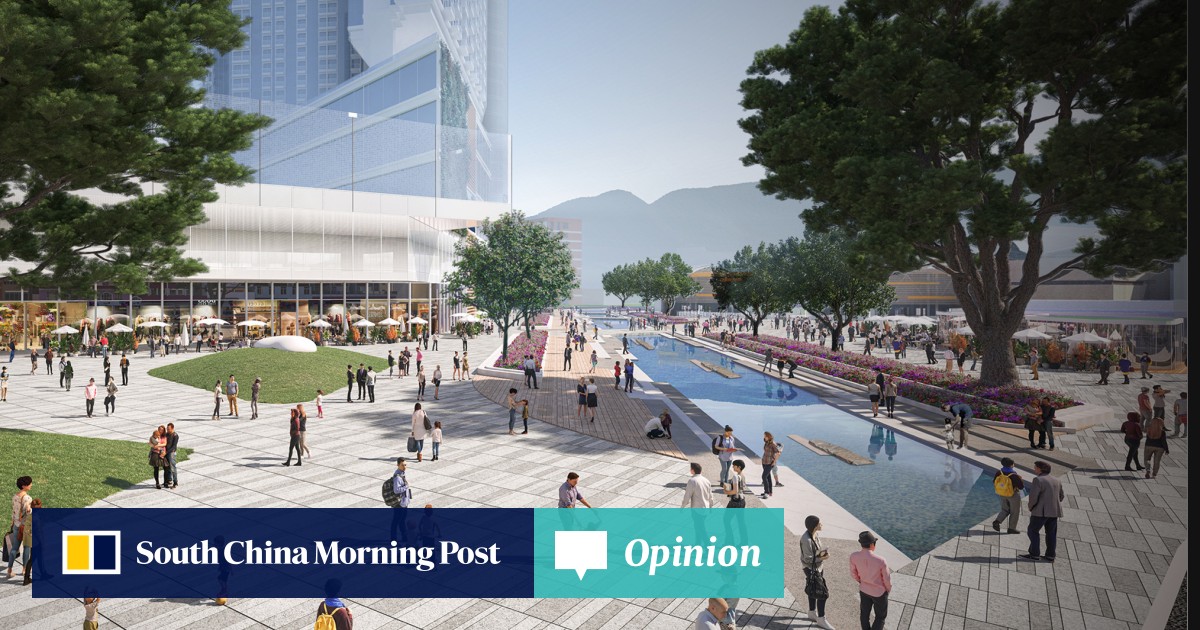The prospect of altering these ageing structures, some of which hold historical or cultural value, evokes a sense of unease and raises poignant questions. Will our beloved Flower Market suffer a fate similar to that of Lee Tung Street?
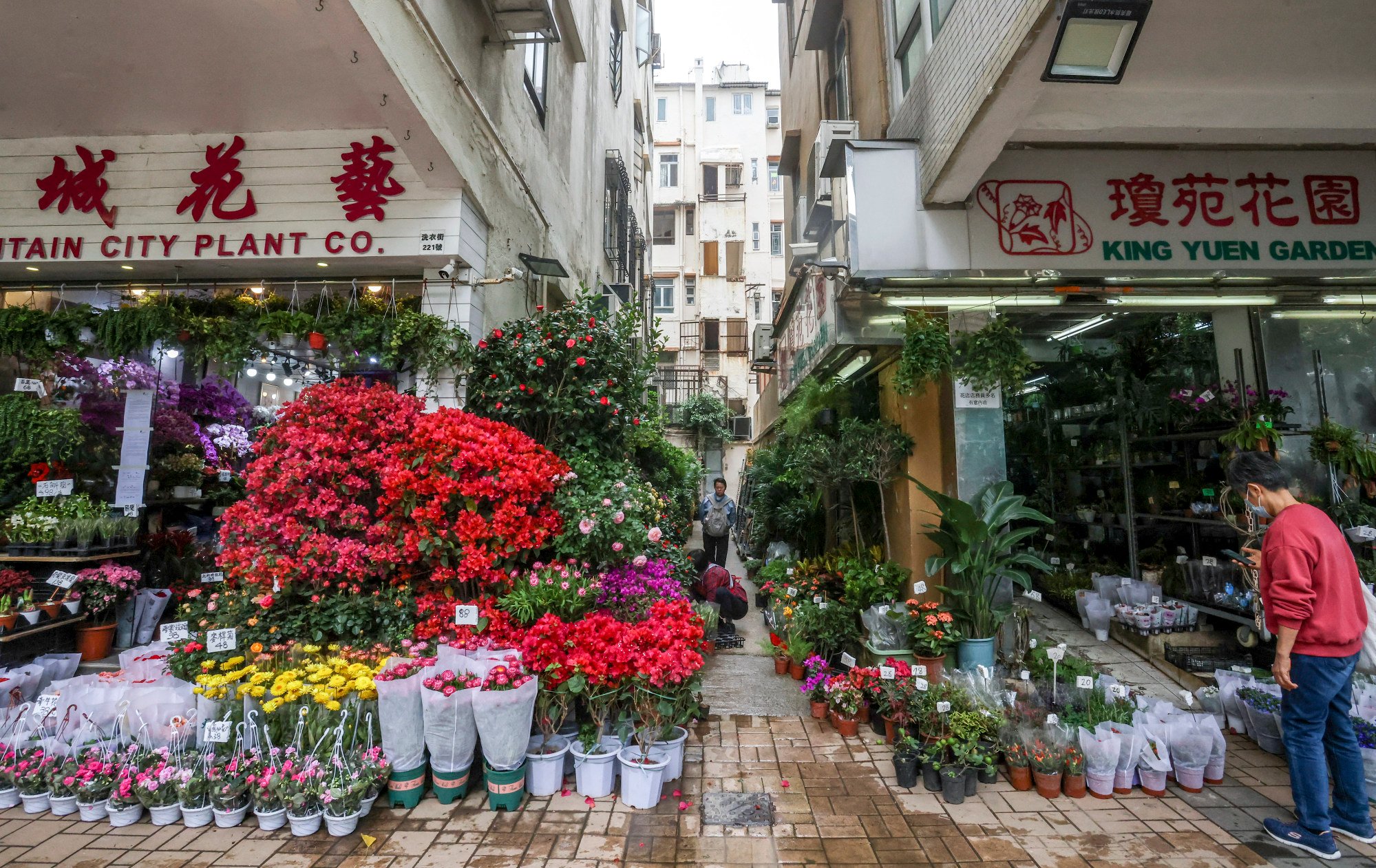
Initially envisioned as a project to transform the historic street into a modern, pedestrian-friendly cultural and commercial precinct that harmoniously blended traditional and contemporary aspects, the end result leaned more towards a commercialised and contemporary aesthetic, somewhat overshadowing its heritage charm.
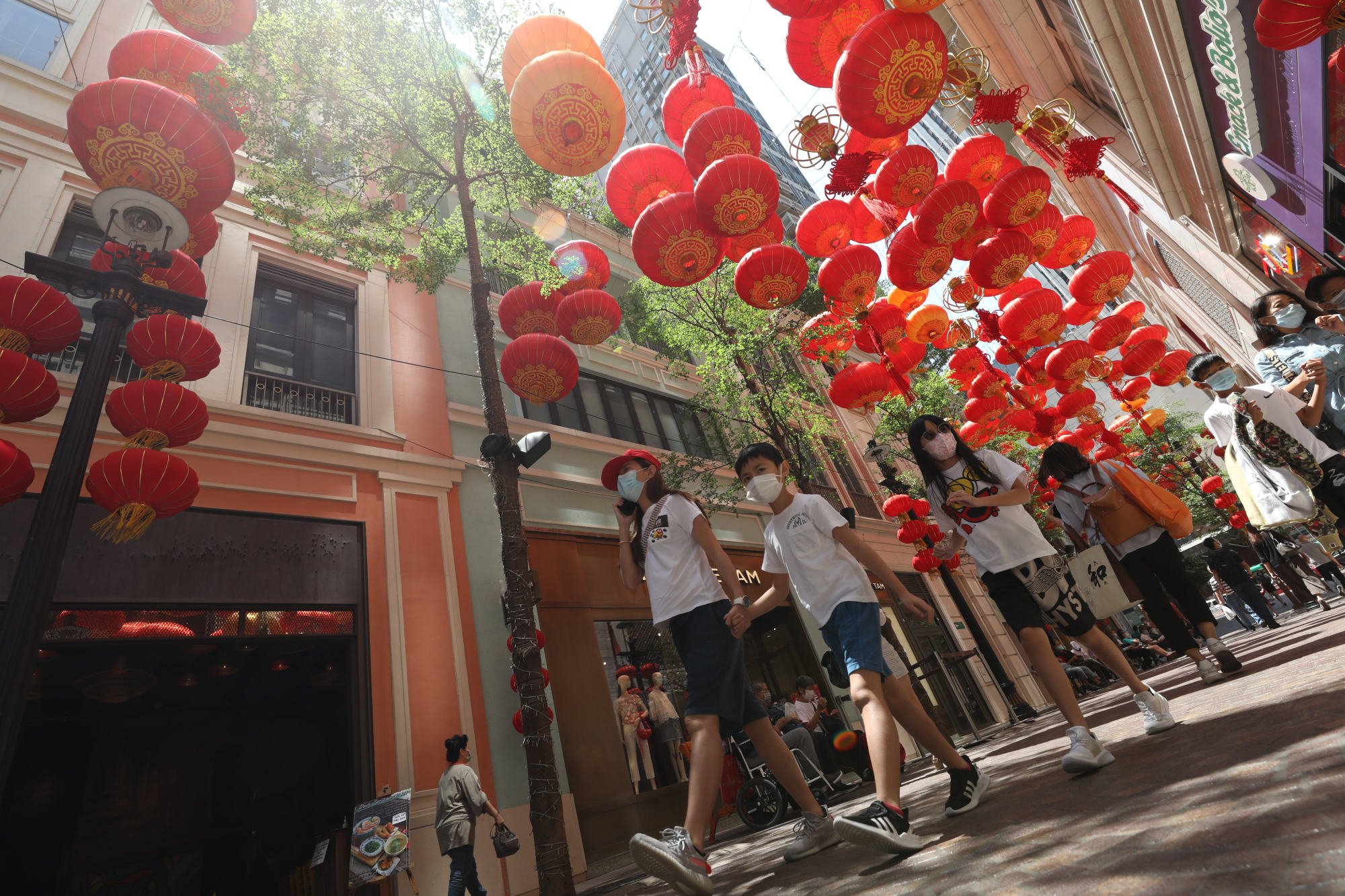
An analogy for the feelings such redevelopments generate would be giving an elderly lady an extensive cosmetic makeover to conceal the fascinating marks of time and unique character traits. It is disheartening to witness the overshadowing of true beauty, which should emanate from within as well as manifest outwardly.
Various factors can adversely affect a redevelopment, including higher property prices as a consequence of gentrification. If the redevelopment of the Flower Market makes rents less affordable, Hong Kong people could be put off living in the area and small businesses might be forced to move. Without their presence and community engagement, the place would lose its authentic identity.
Hence, any redevelopment should actively support and champion businesses such as flower vendors, artisanal stores, and traditional eating places, as these are fundamental to the unique charm of the Flower Market.
Last residents of ageing Hong Kong estate resist deadline to move out
Last residents of ageing Hong Kong estate resist deadline to move out
Encouraging them to keep operating there during and after redevelopment would help maintain the area’s authenticity, diversity, and social cohesion.
The cautionary tale of the Lee Tung Street redevelopment, which sadly prioritised commercial interests over the preservation of cultural heritage and local customs, shows getting the balance between these two aspects wrong can taint the experience for residents and tourists alike.
We earnestly hope history doesn’t repeat itself in the Flower Market. However, at first glance the redevelopment proposals, especially the envisioned canal area, are disappointing; what is planned appears to retain little of the current charm of the Flower Market.
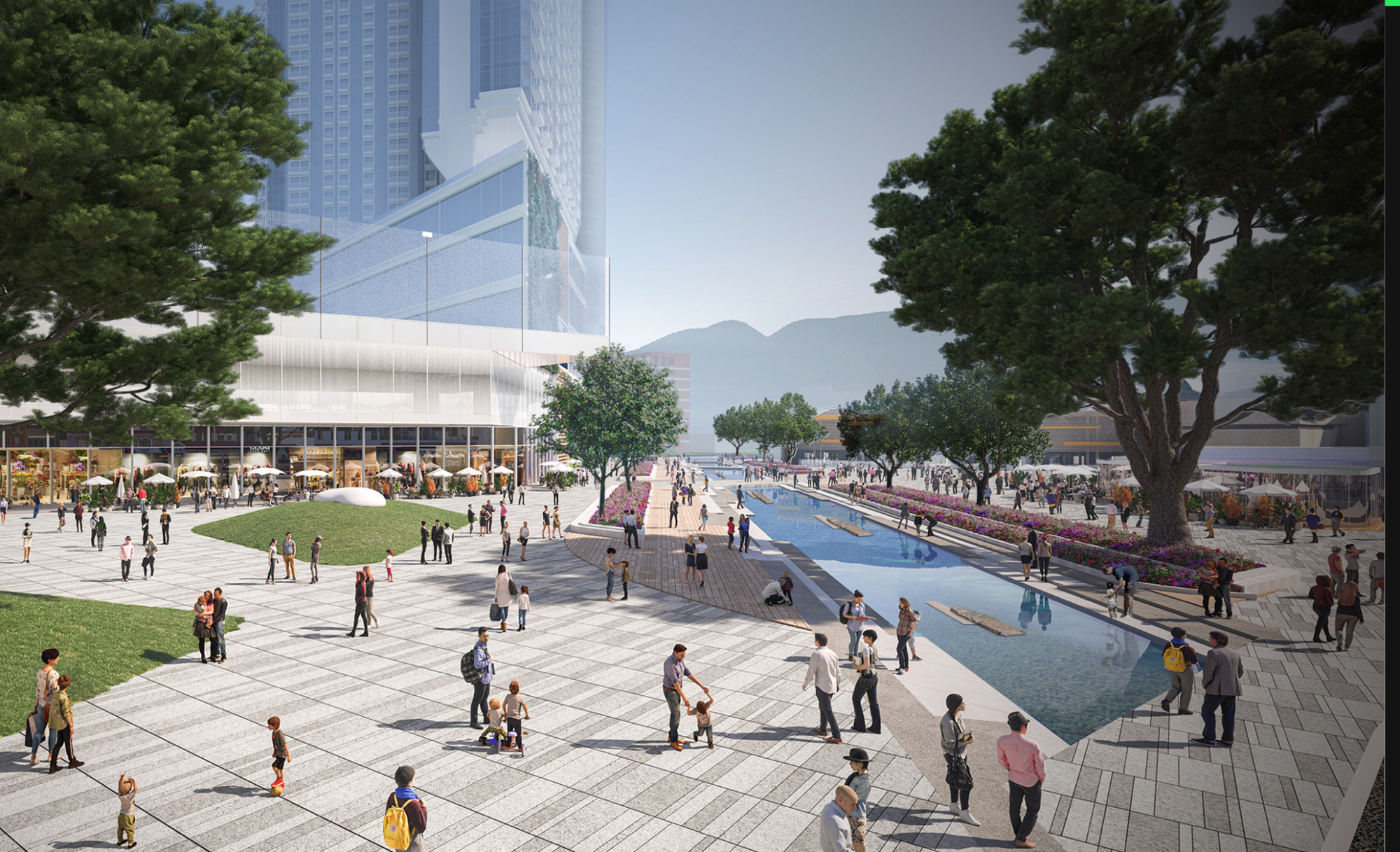
The juxtaposition of a Western canal concept with an area of cultural significance steeped in Chinese heritage, where bustling makeshift markets coexist, would appear inappropriate. Artist’s impressions of the area after redevelopment evoke the atmosphere of a Western neighbourhood or a sophisticated shopping district.
To effectively promote the Flower Market, it is crucial to showcase the unique attributes of its surroundings rather than replicate features from other places such as Amsterdam which, however successful they may be, would not authentically represent Hong Kong.
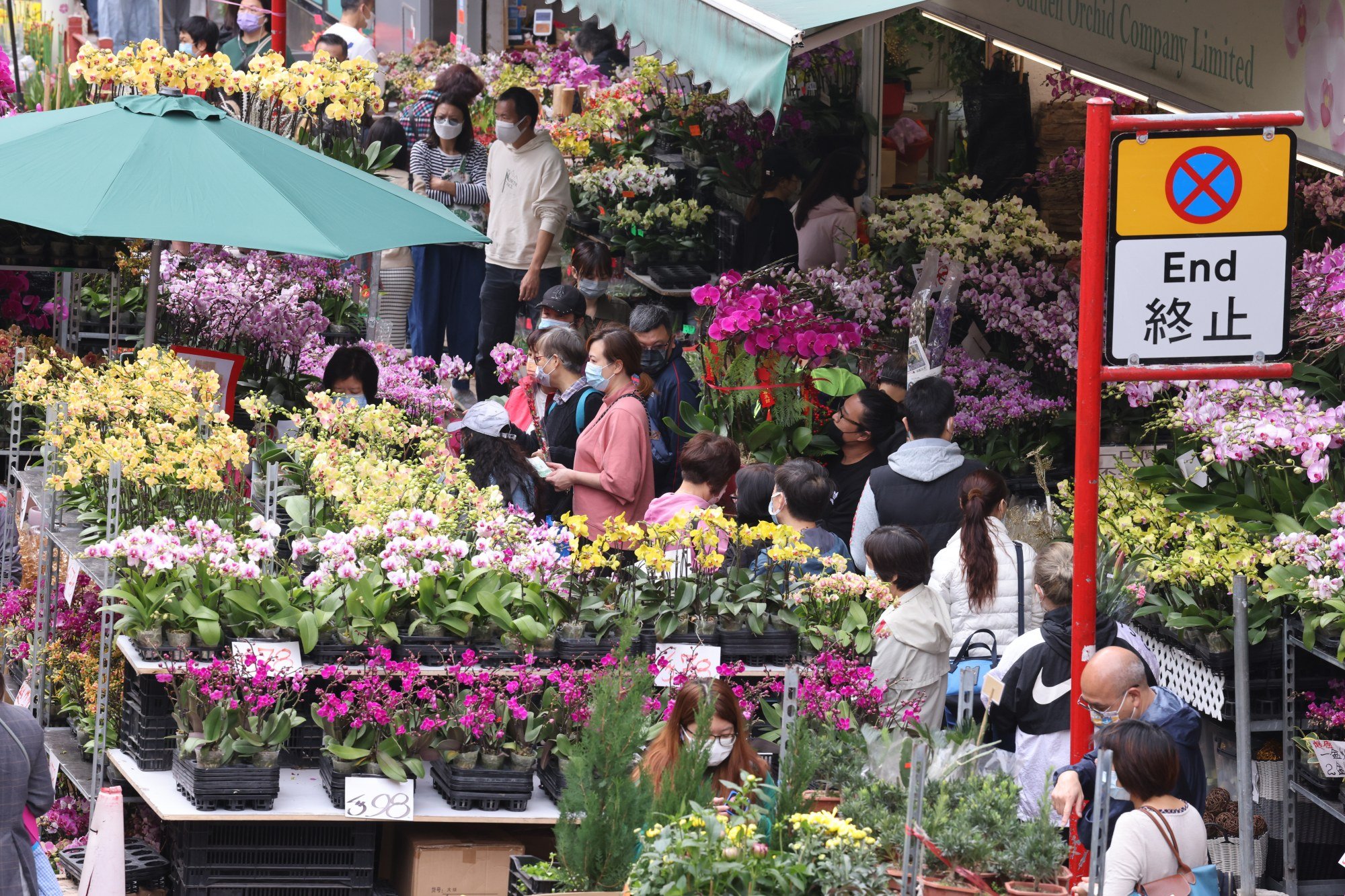
Enhancing infrastructure, thoughtfully rejuvenating old buildings and exploring opportunities to repurpose existing structures, revitalising public spaces, ensuring cleanliness, and boosting economic activity are key to bringing about a positive transformation with benefits for the community.
Instead of reinventing the wheel, it is more practical to build upon what already works.
Planners should learn from past mistakes, such as the Lee Tung Street redevelopment, and focus on meticulous urban planning that preserves cultural heritage and promotes inclusive development to cultivate dynamic and sustainable environments that resonate with residents and visitors.
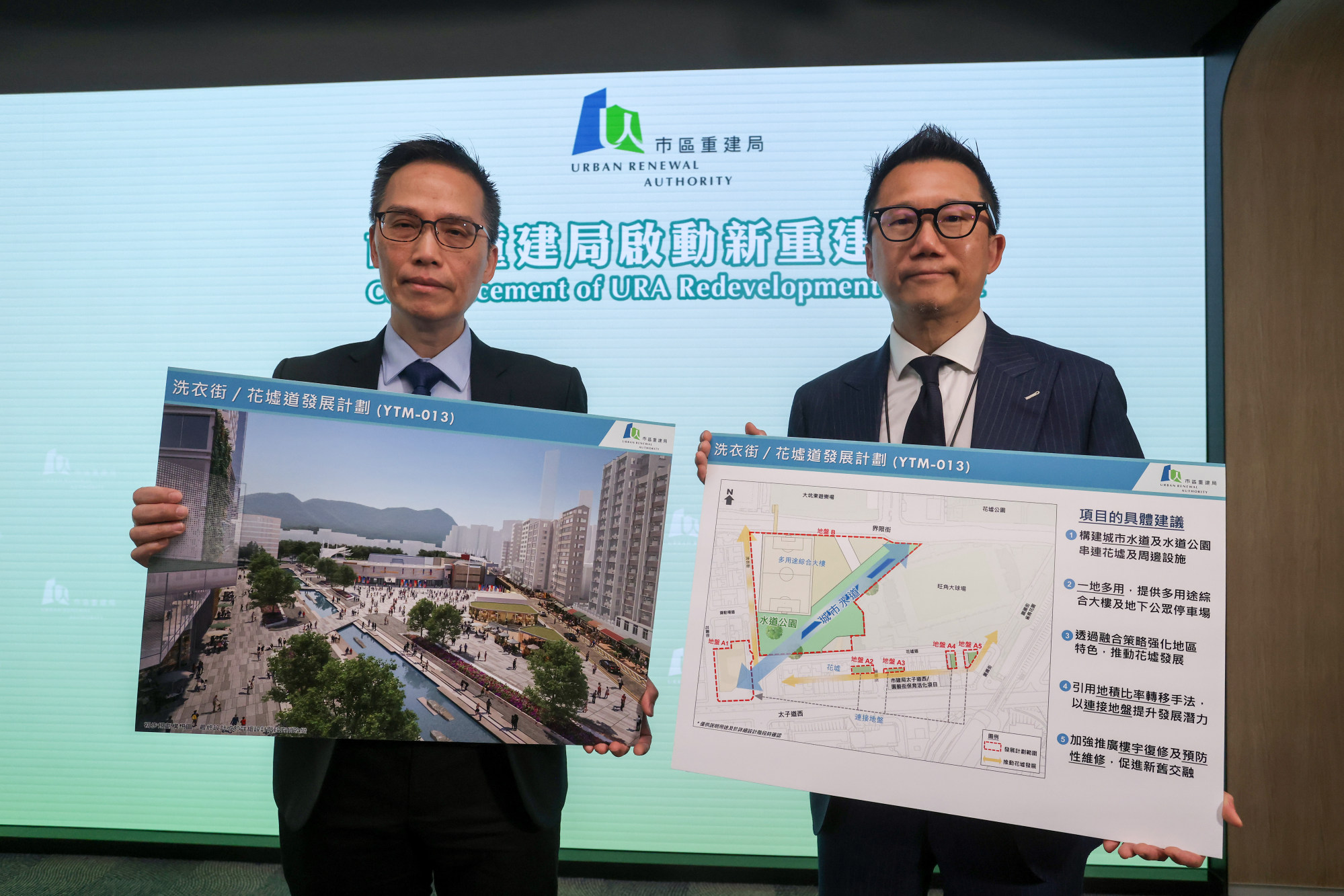
In areas of historical significance or those with distinct identities, a delicate balance between progress and preserving their heritage and character must be achieved.
It is essential to foster historical consciousness in the community and within the government. The guiding principle is clear and simple – cherish and protect the elements that define the Flower Market’s identity. Any development initiative should enrich, rather than detract from, its cultural heritage and vibrancy to ensure the preservation of its distinctive character.
It is the smell of fresh flowers, and the cacophony and joyful chaos of Mong Kok, that make the area special, so please don’t take that away.
Luisa Tam is a Post editor who also hosts video tutorials on Cantonese language that are now part of Cathay Pacific’s in-flight entertainment programme

